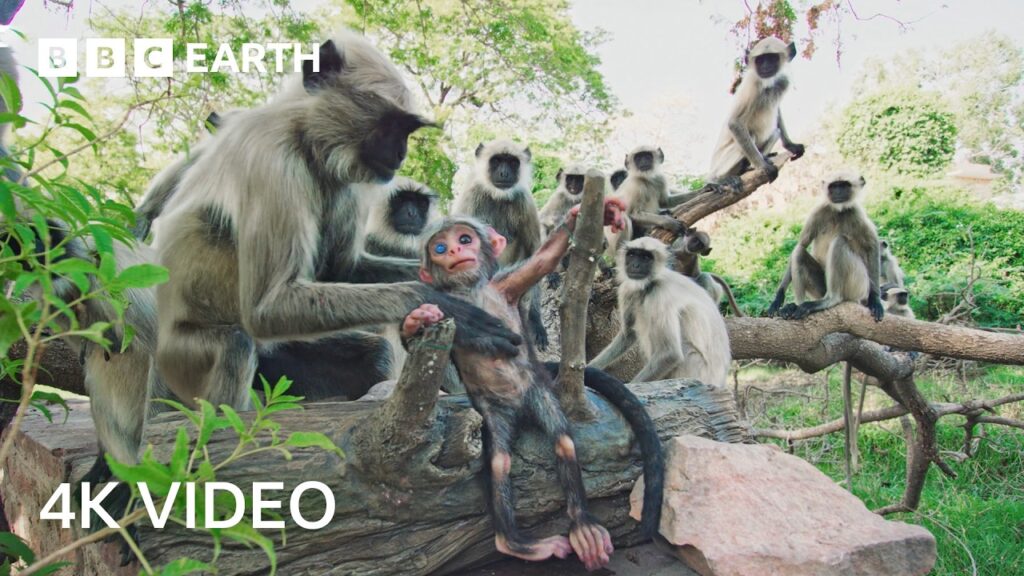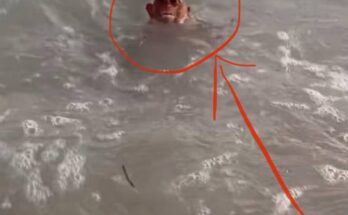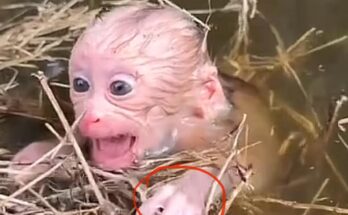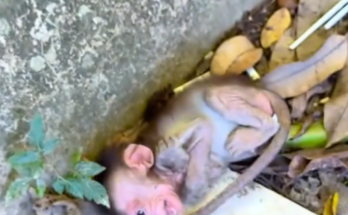
What happens when nature is left completely undisturbed by humans—but still watched? In the groundbreaking series Spy in the Wild by BBC Earth, a new kind of wildlife filmmaking is quietly revolutionizing how we see animals—not from behind a bush or through a distant lens, but right from inside the herd, the nest, or the family group itself.
The secret? Incredibly lifelike, animatronic “spy creatures” that blend into the environment like fellow animals. These robotic spies look, sound, and even move like real animals, allowing them to slip unnoticed into the inner circles of some of nature’s most elusive families.
In the Spy in the Wild episode titled Spying on Nature’s Greatest Families, we follow these disguised devices as they infiltrate the intimate social lives of animals across the globe—from elephant herds in Africa to penguin colonies in Antarctica, and even family troops of monkeys and meerkats.
One of the most compelling parts of the episode is watching how quickly some animals accept the spy devices. A robotic baby elephant, complete with wriggling trunk and blinking eyes, is able to approach a herd and be gently nudged and sniffed by curious adults. Meanwhile, a spy penguin equipped with a built-in camera waddles straight into a colony and captures the dramatic and heartwarming efforts of parents trying to keep their chicks warm in freezing winds.
These moments aren’t just cute or funny—they reveal deeper truths about family dynamics in the animal kingdom. We see how trust is built, how young animals learn by copying their elders, and how cooperation often means the difference between life and death. From tender grooming among primates to synchronized group defense in meerkats, Spy in the Wild gives us a new understanding of just how emotionally complex and socially intelligent these creatures really are.
The 4K UHD footage brings every moment to life in stunning detail, from the sparkle in a dolphin’s eye to the dust kicked up during a lion cub’s play session. But it’s not just about the visuals. The series, narrated with warmth and wonder, invites viewers to think differently about animals—not as distant or instinct-driven beings, but as families with stories not so different from our own.
What sets Spy in the Wild apart from traditional nature documentaries is the emotional proximity it achieves. By eliminating the presence of human filmmakers and inserting a seemingly “native” observer, the show captures moments that might never occur under observation by people. It’s wildlife storytelling at its most innovative—scientifically revealing, emotionally resonant, and endlessly fascinating.
At its heart, Spying on Nature’s Greatest Families is a celebration of connection. It shows us that families—whether covered in fur, feathers, or scales—share universal traits: love, protection, teaching, and teamwork. And thanks to some high-tech trickery and a lot of patience, we now get to see it all unfold, as if we were part of the wild world ourselves.


